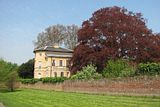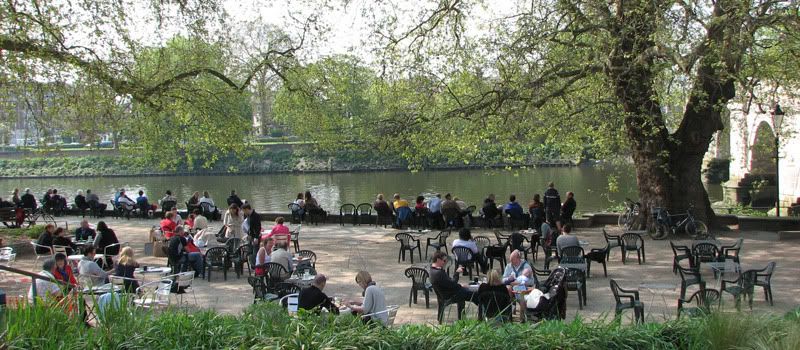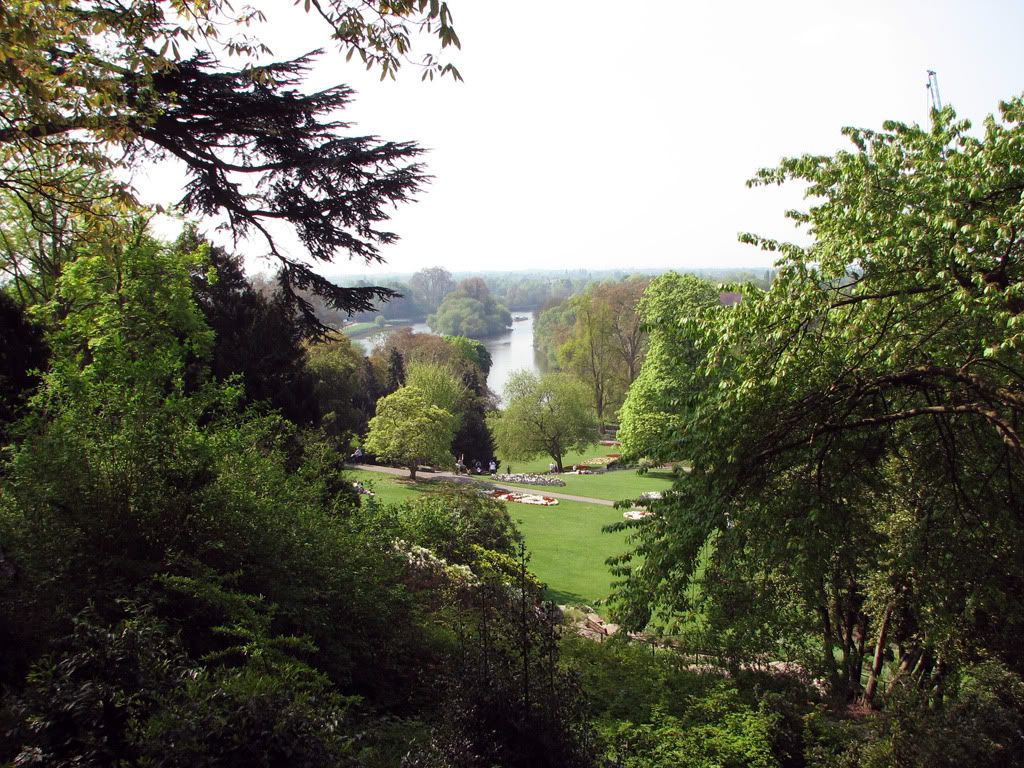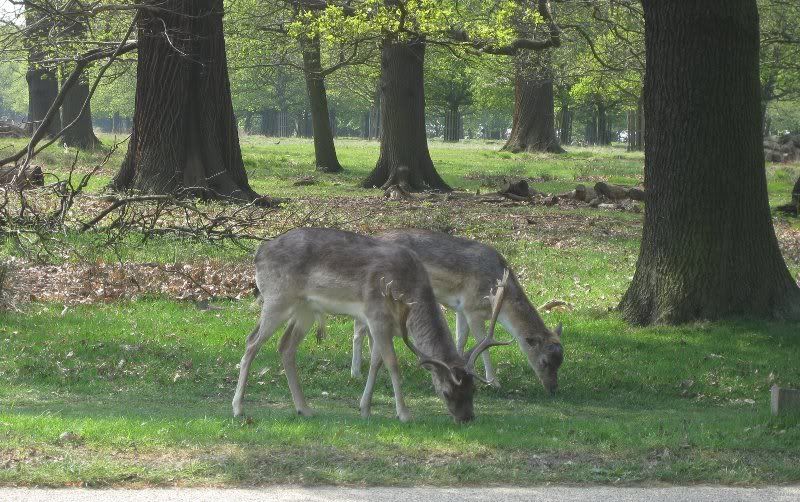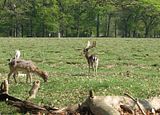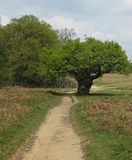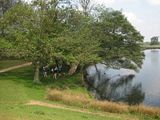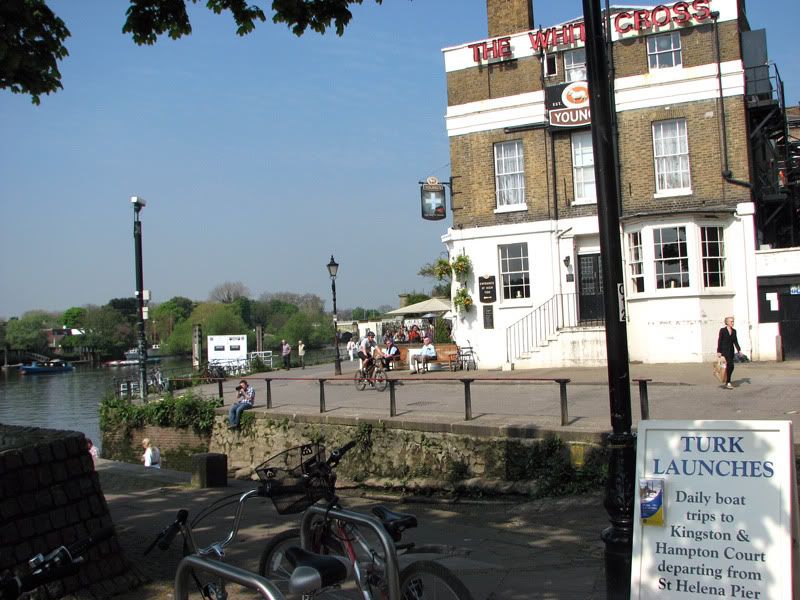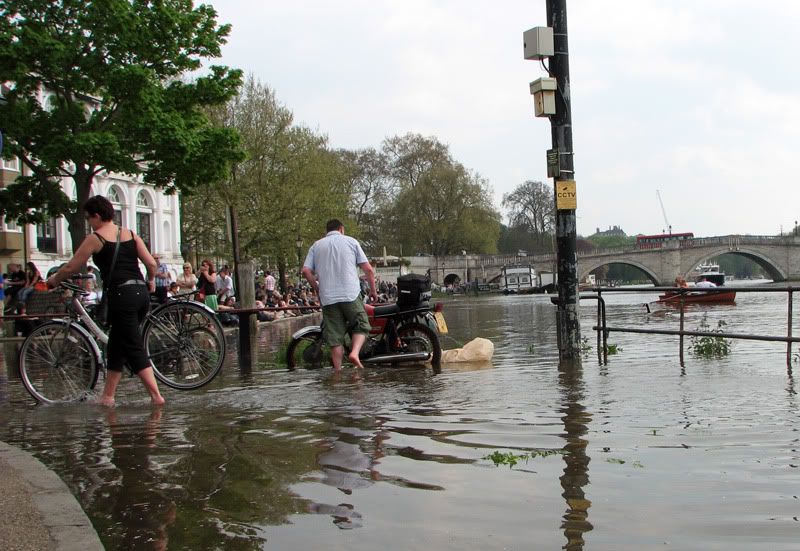A weekend in the East of England this time. Mainly Essex and Norfolk.
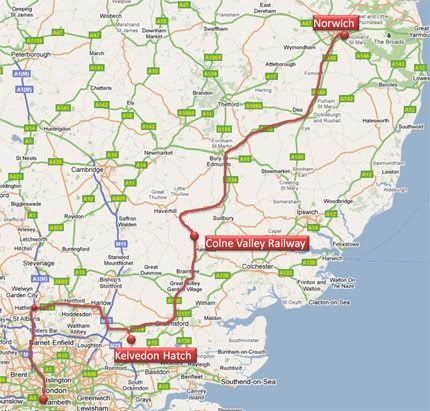 Kelvedon Hatch Secret Nuclear Bunker
Kelvedon Hatch Secret Nuclear Bunker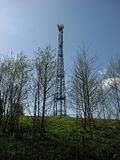
In 1952, the UK government paid a farmer £2,410 to buy his 25-acre plot in South Essex. After seven months intensive work, with contractors using different routes every time to avoid attention, they finished the R4 ROTOR secret bunker, a regional government headquarters in the case of a nuclear attack. When the cold war ended, the bunker was decommissioned and the farmer's grandson, Mike Parrish, bought the bunker from the government and a little later opened it to the public. It is his voice that visitors listen to on their information "wands", carrying which is obligatory.
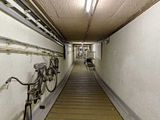
I can safely say that this is one of the most atmospheric places one will ever visit. Although it is not empty, due to its design and size you may not come across any human being in the whole of the bunker. It feels as if you are in the hatch of "Lost".
As you walk down the long corridor, you hear "5 Megaton ground burst reported North
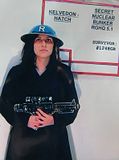
London", "Severe fallout reported around Chipping Ongar", ... It all feels real.
The corridor is very long so as to make it easier to defend against intruders. Intruders, the wands make it clear, would not be Russians, but the local survivors in the aftermath of a nuclear attack, who would try to enter the bunker to get to the uncontaminated food and water reserved for Government officials.
The bunker was designed to sustain about 600 people for up to three months in the event of a nuclear war. It had air-conditioning, heating, cooling, its own water supply, generators and operating theatre.

One of the rooms would be used by the Prime Minister.
In several rooms, you can watch 1950s civil defence films, for example about the effects of nuclear detonation in the cities and the British countryside. You learn that three

bangs means nuclear fallout, while a single tone is "all clear". The BBC also had a tiny studio, from where it would provide information to the public in case of attack. The public would be instructed to cover their radios with aluminum foil, which would hopefully protect them from an electromagnetic blast.

The sound of typewriters and telex machines make everything feel real. Getting closer and seeing that the people operating them are manequins, makes the experience even more unsettling. It's as if an attack wiped out all the personnel and you are now walking among the dead, the cardboard coffins and name tags reinforcing the paranoia.

Exiting the hatch is as eerie as entering it, especially on a sunny day like this one.
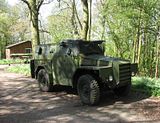
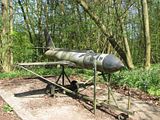
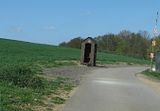


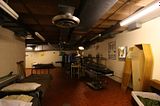 Norwich
Norwich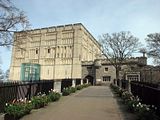
A two-hour drive to the north is Norwich. In the 11th century, Norwich was the second largest city in England, but today it's only 142nd, with a population of 135,000. Its principal landmark is a splendid looking Norman Castle built by William the Conqueror. Strikingly different to any non-Norman Castle, the Keep is square and has a bright creamy colour. Unfortunately it wasn't open while we were there.
Norwich has a beautiful city centre, with medieval streets, old churches, a river, and very interesting markets with several independent shops.
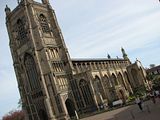
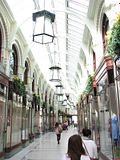
 Colne Valley Railway, Essex
Colne Valley Railway, Essex
Last in the trip was an old railway centre in Essex. It's not the best of its type, but it also hosted a vintage car exhibition the same day, and it was on the route back, so no harm in visiting it.
We first had the chance to ride on the W55033 railcar built in 1960.

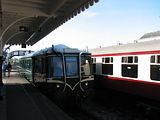
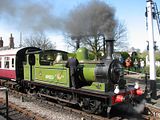
The highlight was probably "69023 Joem", a 0-6-0T steam locomotive, on loan from the North East Locomotive Preservation Group. It belonged to the J72 class that was first introduced in 1898, but the specific one was from the last batch built around 1950.
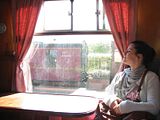
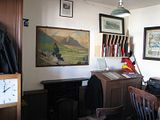


All in all, certainly not on par with the
Didcot Railway Centre we visited last year, but it had character and a few unique bits, such as a Royal Mail carriage:
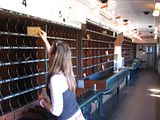
Some of the vintage vehicles:

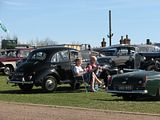



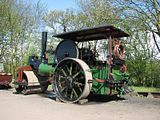

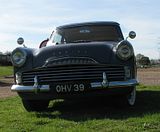
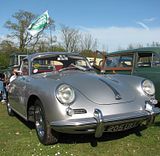
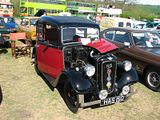
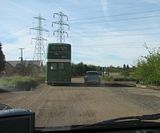
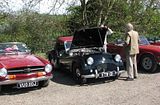
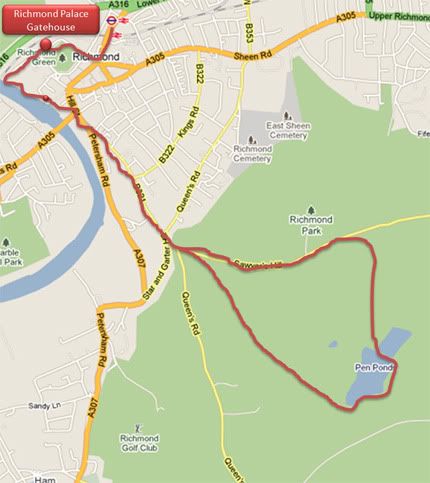
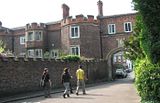 Richmond Palace was erected around 1500 by Henry VII, formerly known as the Earl of Richmond. During the civil war, Cromwell destroyed most of its important buildings and today only fragments exist, most notably the gatehouse. The open grassland outside the Palace is Richmond Green. That's where the palace's jousting competitions were held. In 1625, Charles I brought his court there to escape the plague in London and by the early 18th century the houses overlooking the green had become the homes of minor nobles. The Green was also a popular venue for cricket matches during the 18th century.
Richmond Palace was erected around 1500 by Henry VII, formerly known as the Earl of Richmond. During the civil war, Cromwell destroyed most of its important buildings and today only fragments exist, most notably the gatehouse. The open grassland outside the Palace is Richmond Green. That's where the palace's jousting competitions were held. In 1625, Charles I brought his court there to escape the plague in London and by the early 18th century the houses overlooking the green had become the homes of minor nobles. The Green was also a popular venue for cricket matches during the 18th century.